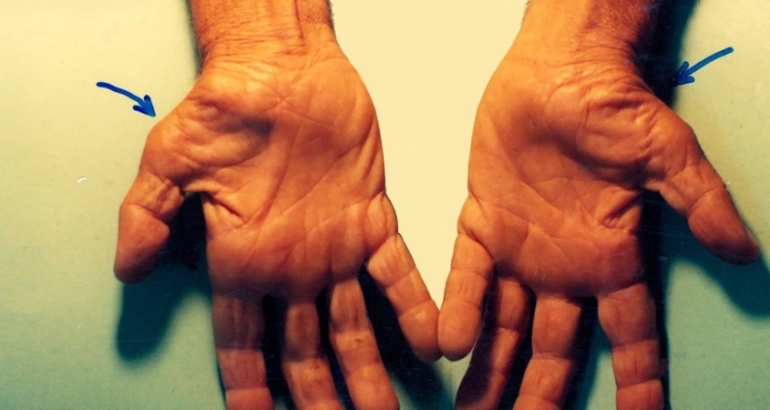Carpal tunnel syndrome is a progressive disease involving the first three and half fingers of one or two hands. The median nerve, which is located in the middle of the wrist and scattered on the first 3,5 fingers, is exposed to pain, numbness and weakness.
How often and at what age?
It is generally more common in women aged 40-50 years.
What are the reasons and who is seen more?
Individuals whose wrist canal is structurally narrow are those who are prone to the occurrence of clinical symptoms. People who are obese can be seen more frequently in alcohol intake, diabetes and vascular diseases than in normal conditions. Carpal tunnel syndrome is caused by increased pressure in the canal. This pressure depends on the position of the hand. Chronic compression may occur after fractures around the hand and wrist. Infection or thickening of girder sheaths causes mechanical constriction of the duct. Tumors of the border sheath, palm infections, symptoms of median nerve compression occur. Mechanical causes in the workplace play an active role in the majority of cases. Frequent repetition of certain movements is associated with carpal tunnel syndrome. Carpenters, tennis players, frequent dishwashers, drivers, and so on, are more prone to engage in repetitive movements of the wrist. It is most commonly seen in men who deal with butchery. It is seen in women during pregnancy. This situation is temporary. It returns to normal within a few weeks after birth. It may also occur in people with hypothyroidism. Carpal Tunnel Syndrome has some effects on the development of some other diseases. Romotoid arthritis, uremia, amyloidosis, vascular abnormalities and tendinitis are some of them.



